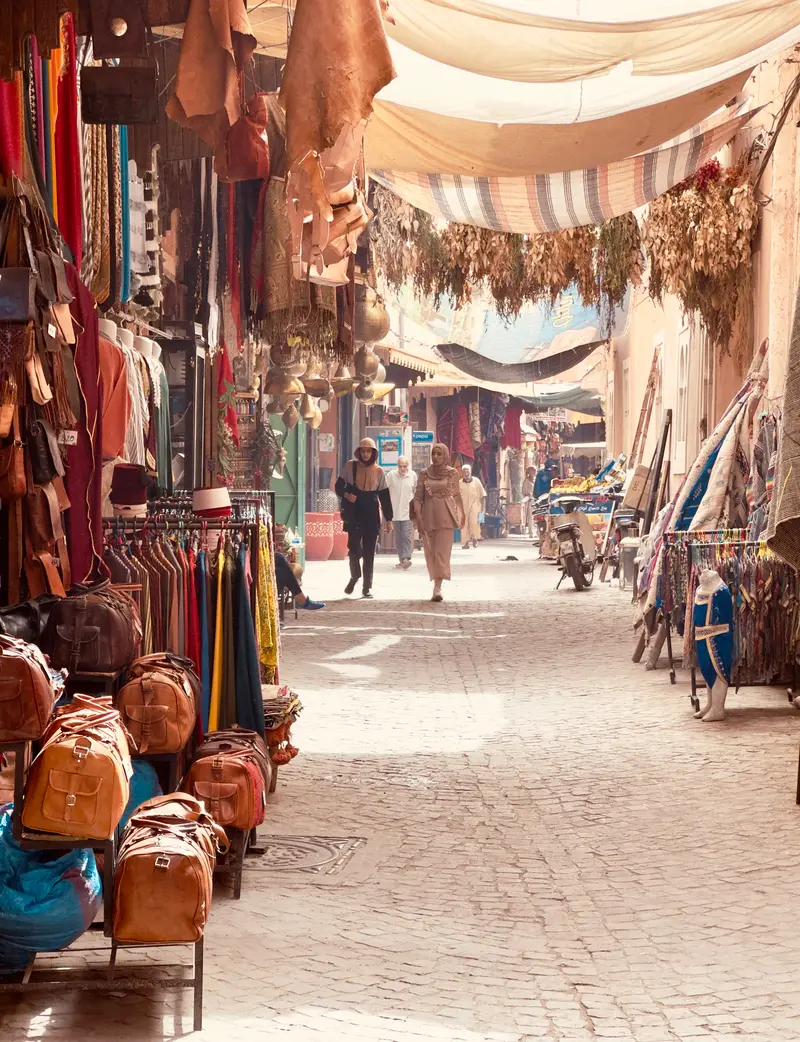Moroxico, Population: 1
My House, Dallas, Texas
I currently live in a 400-square-foot detached garage on the back of my property.
I intended to be here for about 9 months while my house was being built, but it is now going on Year Two THREE, and my old house on the front part of the property hasn't even been demolished yet. (See Update Video Below!)
I intended to be here for about 9 months while my house was being built, but it is now going on Year Two, and my old house on the front part of the property hasn't even been demolished yet. I lovingly refer to this garage space as Moroxico, and it has basically become somewhat of a "Proof of Concept" for the new (as of this writing, still unbuilt) house I have designed in a similar vein.
I guess when it's all said and done, I can refer to them as Old Moroxico and New Moroxico. Yes, that's how long this construction process is taking, I have resorted to creating an entire legacy, complete with fantasy world-building, here on my tiny property.
I hadn't even been to the real Morocco yet when I first started recognizing the uncanny parallels between the Moroccan aesthetic and that of the American Southwest and Mexico. Growing up in Texas, bordered on two sides by Mexicos, both New and Old, Dallas was to me like the big turquoise-studded buckle on this belt of Southwestern design popularity. The colorful textiles with their stepped, zigzag patterns and concentric diamonds... the heavy, woven, rug-like fabrics... the tribal emblems and imagery from indigenous peoples that is pervasive in so much of our clothing, pottery, and art... All of this would be very familiar and easily recognizable to anyone living in Texas.
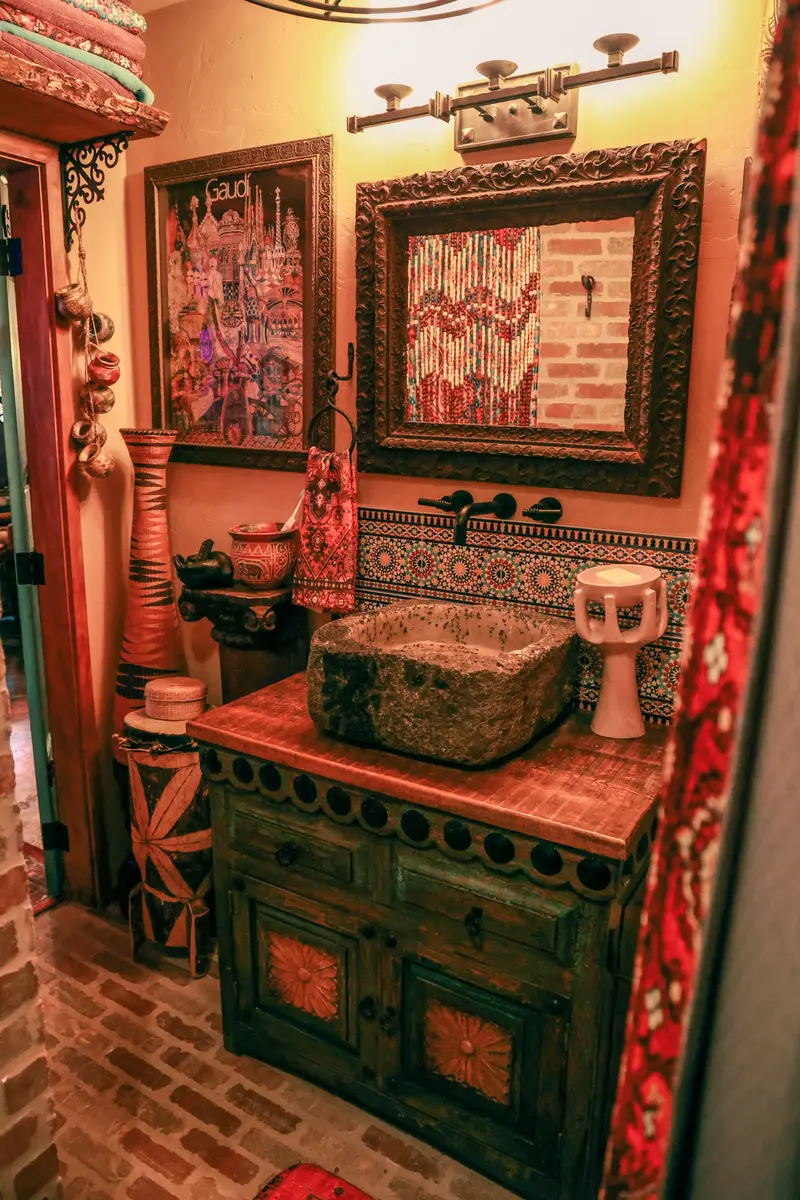
In recent times, when the Moroccan aesthetic starting "having a moment," many shop owners quickly recognized the similarities, too. Both online and in stores, they began simply relabeling their previously Southwestern textiles and handicrafts, and re-marketing them as "Moroccan." Can you blame them? Even I started finding it increasingly difficult to identify with 100% certainty whether various design elements were Moroccan or Southwestern in origin.
Around this same time, I found myself in Egypt. I was considering the parallels between the Great Pyramids and the ones I'd seen in Mexico (Chichen Itza, Talum, and Coba). I was also thinking about the incredible similarities between Ancient Egyptian hieroglyphs and the cave paintings made by our ancient Native American ancestors, when it occurred to me that instead of focusing on the differences between Moroccan and Southwestern culture and design, I should embrace them!
And that is how the concept for Moroxico was born.
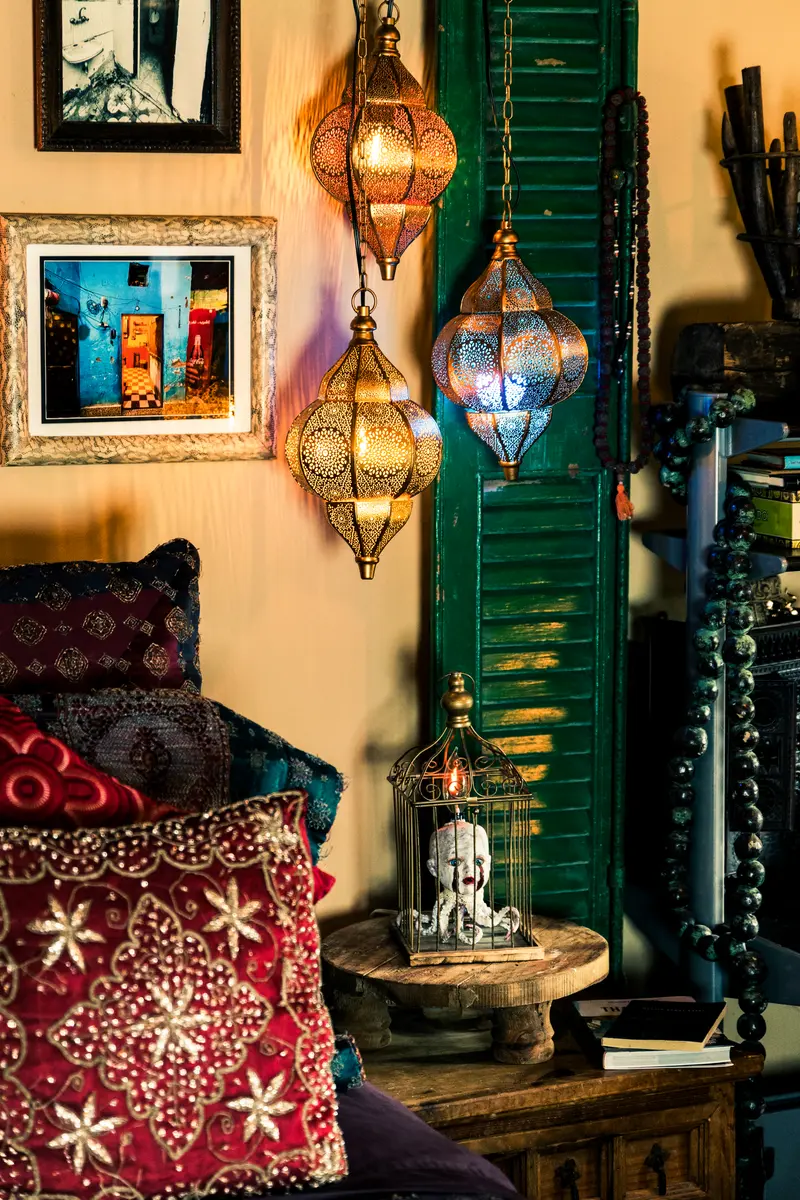
Actually, my first attempt at a portmanteau was "Moronico," because I was hoping to also include an "N" from Native American in there. But as my friends quickly pointed out, Moronico sounded, well, moronic.
So my brainchild became known as Moroxico, and has been ever since.
Anyone in the design world will shy away from ever using the word "eclectic." (At least, not to describe anything they feel positively about.) Which sucks, because eclectic would actually have been a very useful word. But alas, at some point, the word was co-opted by people who have no real aesthetic, and simply use it to describe the chaotic collection of things they have aimlessly gathered up over the years or begrudgingly inherited. Sure; I suppose a Lazy Boy recliner with built-in cup holders, next to a Queen Ann hutch across from a wicker table (that was actually intended to be used as patio furniture) is one type of eclecticism, but the Moroccan aesthetic is actually a visual triumph of eclecticism -- if only we could use that word!
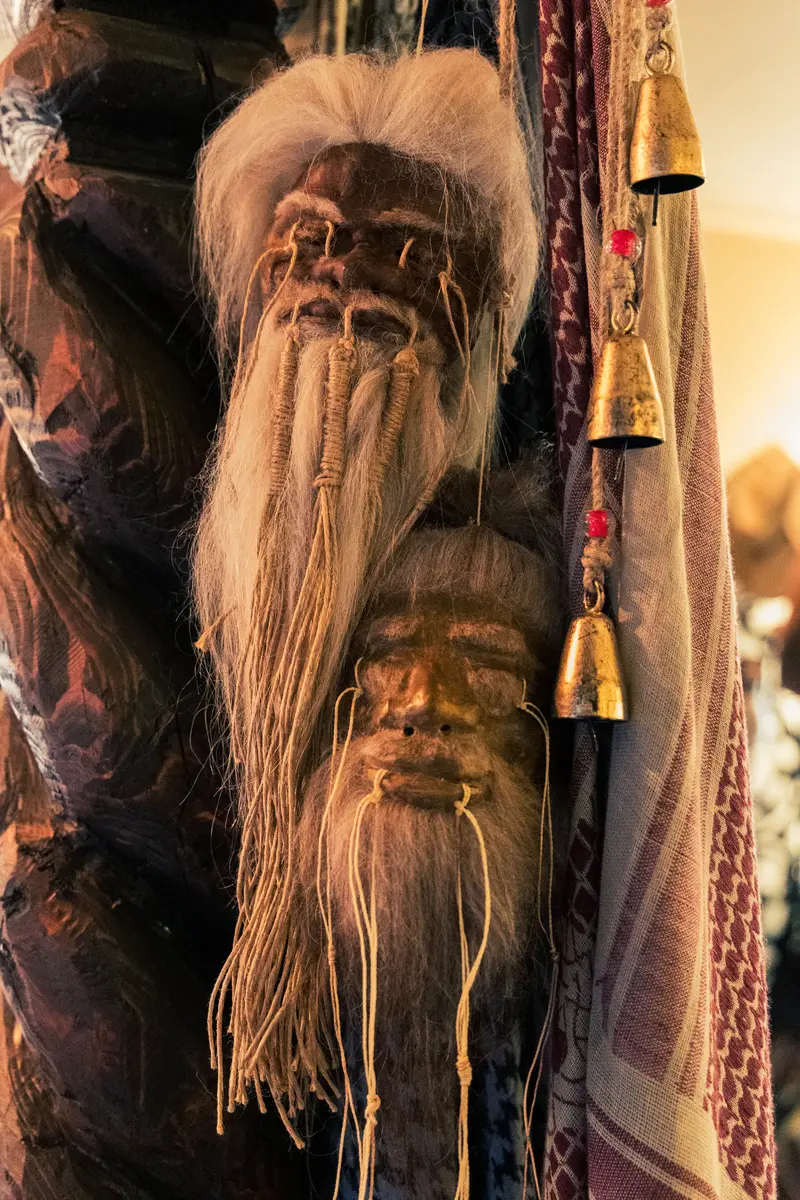
You start out with the beautiful Moorish influence, which is itself an eclectic blend of Islamic, Spanish, and Iberian cultures, and what is Iberia but a mix of Roman, Visigothic, and Byzantine styles? So already there is a lot to unpack here; but then to finally achieve what I think of as the quintessential Moroccan look, you can't forget to blend in (my personal favorite), the more tribal and primitive visual elements of Northern Africa -- specifically those of the Berber tribes and Berber culture.
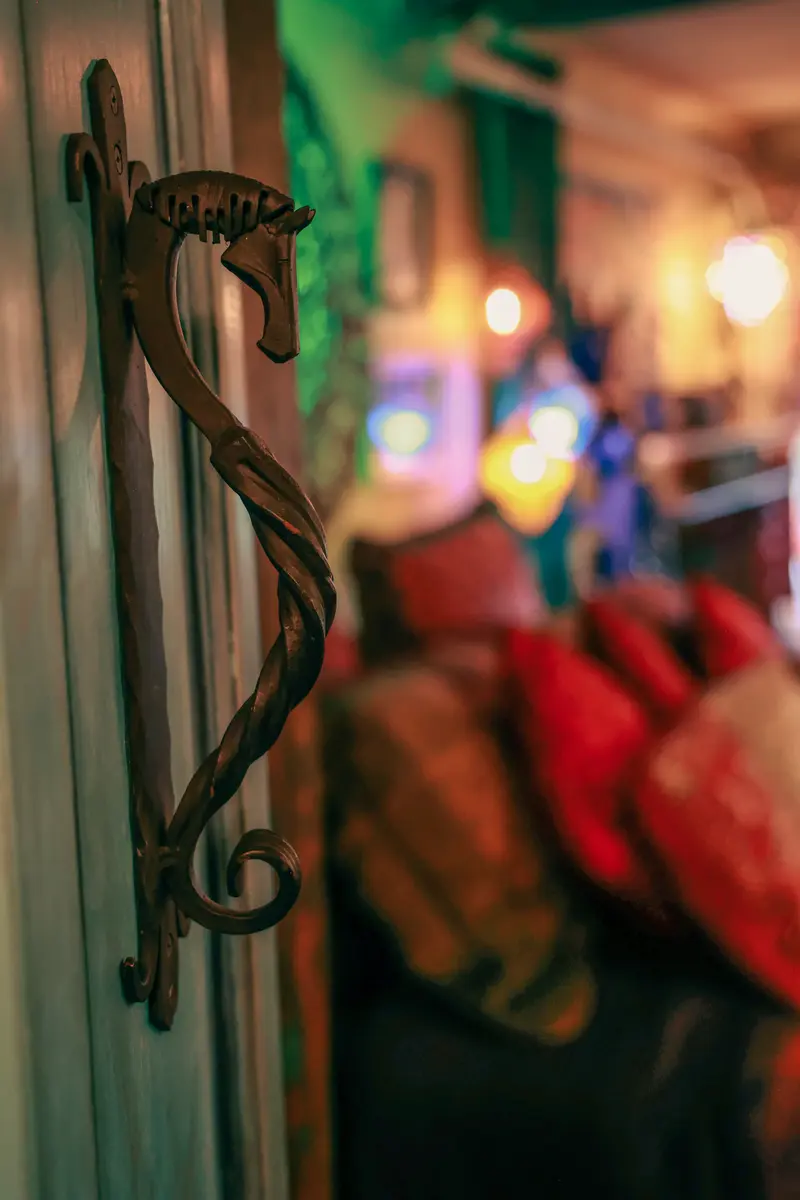
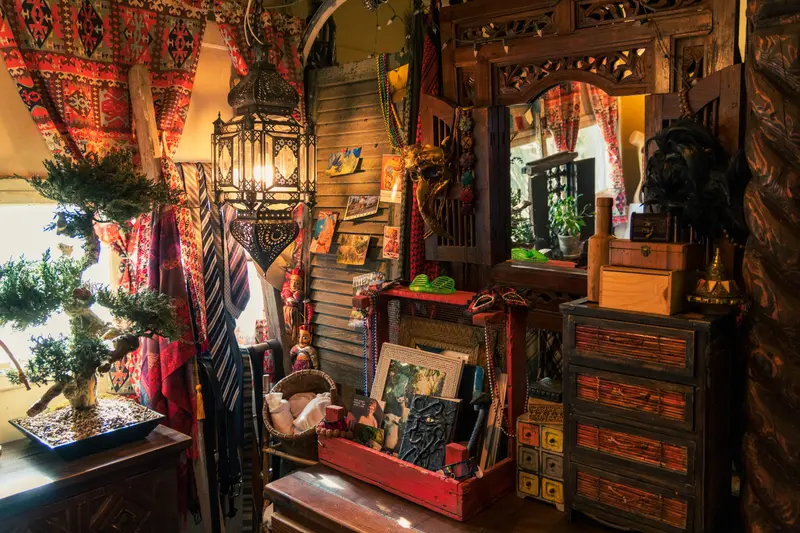
My excitement about the cultural similarities of Morocco and the American Southwest reached a fever pitch when we were camping in the Sahara Desert, and our Berber guide began showing me items and artifacts from the nomadic Toureg tribe. So much of the Toureg aesthetic appeared to be Native American to me, in all but name. The similarities were undeniable. This was the confirmation and reassurance I needed, that my nascent "Moroxico" aesthetic might truly have legs, and that I wasn't (entirely) crazy for designing an entire house around this concept.
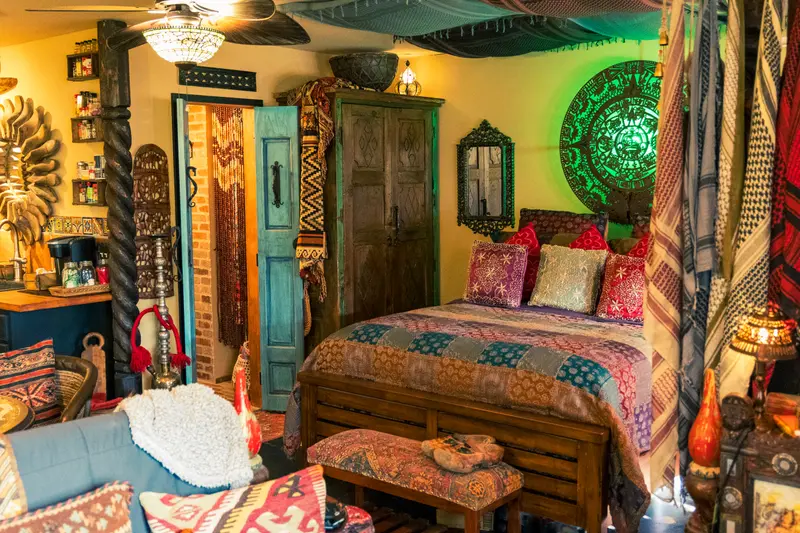
It also sent me down a bit of a rabbit hole, a digression that I have since abandoned, for fear that its political incorrectness was a slippery slope:
I know I'm not alone when I say that we didn't grow up playing "Cowboys and Native Americans." And so laying out under the stars of the Sahara, listening to our Berber guide play his gimbri, I went into a trance-like state, and started thinking about how many of the architectural elements that I have designed into my new house, like all the antique doors and temple columns, have come from Gujarat, India.
And I started thinking, instead of the portmanteau "Moroxico," what if I called my new style something that combined the two types of Indians I have known? I got about as far as "Indian to the Power of Two," or "Indian Squared" before I either passed out or abandoned this line of thought due to its lameness. I can't remember which. I do think there is something there, other than just etymology, but I will just let someone more intrepid and scholarly than myself travel down that path. If you find something, I officially give you permission to use "Indian Squared."
One final thing that I want to point out is that other people before me appear to have disappeared down this complex ethnic spiral, and rather than arriving at "Moroxico" the way I did, seemed to have come out the other end using the word "Bohemian." That is the word that people most commonly use to describe my style of design in a pinch -- Bohemian -- especially when they haven’t had the pleasure of going on this exhaustive, anthropological journey with me. But just like the person who describes their home as eclectic, (because they have pieces from both Ikea and Rooms to Go), I feel like "Bohemian" both reductively encompasses too much, and not enough.
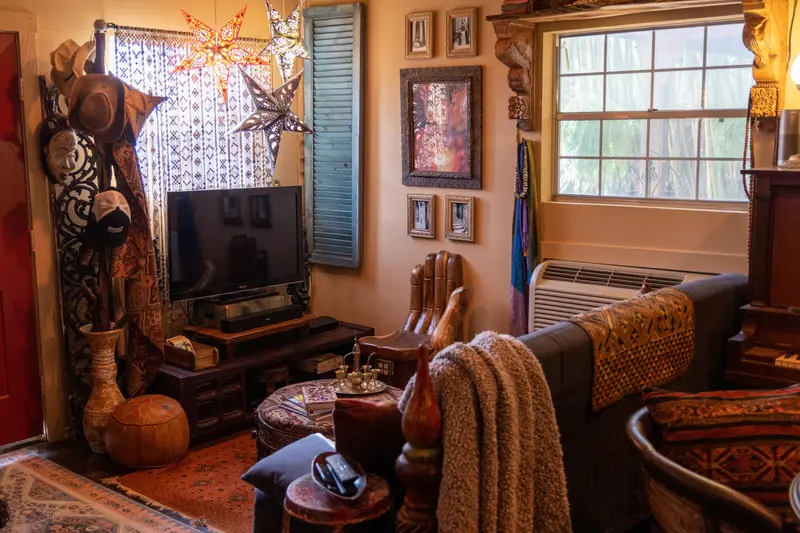
So without further adieu, I bid you, Welcome to Moroxico. It is currently a sovereign country that occupies 400 square feet of space, in a garage, in Dallas, Texas, with a population of one.
Two, when Seth sleeps over.
But I hear it has plans to expand its empire in the very near future.
I should probably call my contractor again to see where we are at with that.
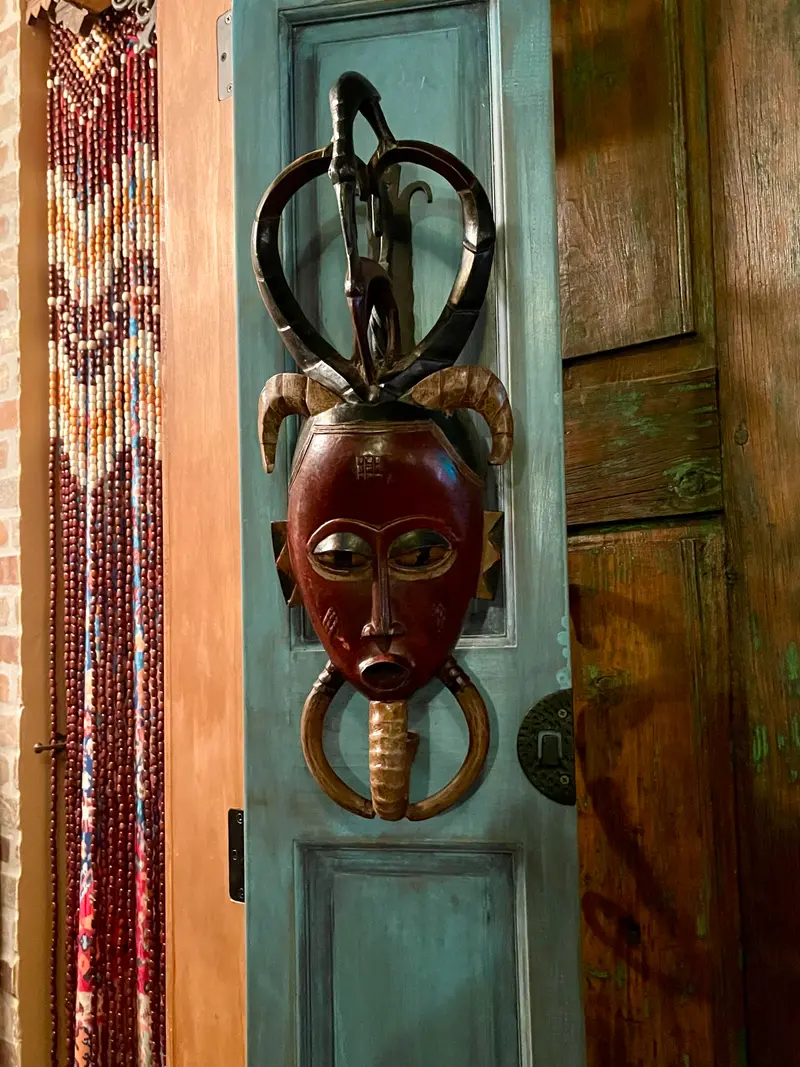
********************************
Watch a short update on the progress of Moroxico... THINGS ARE FINALLY HAPPENING!!
********************************
Or, come with me to (actual) Morocco HERE!
And Mexico HERE, and Dallas HERE!
